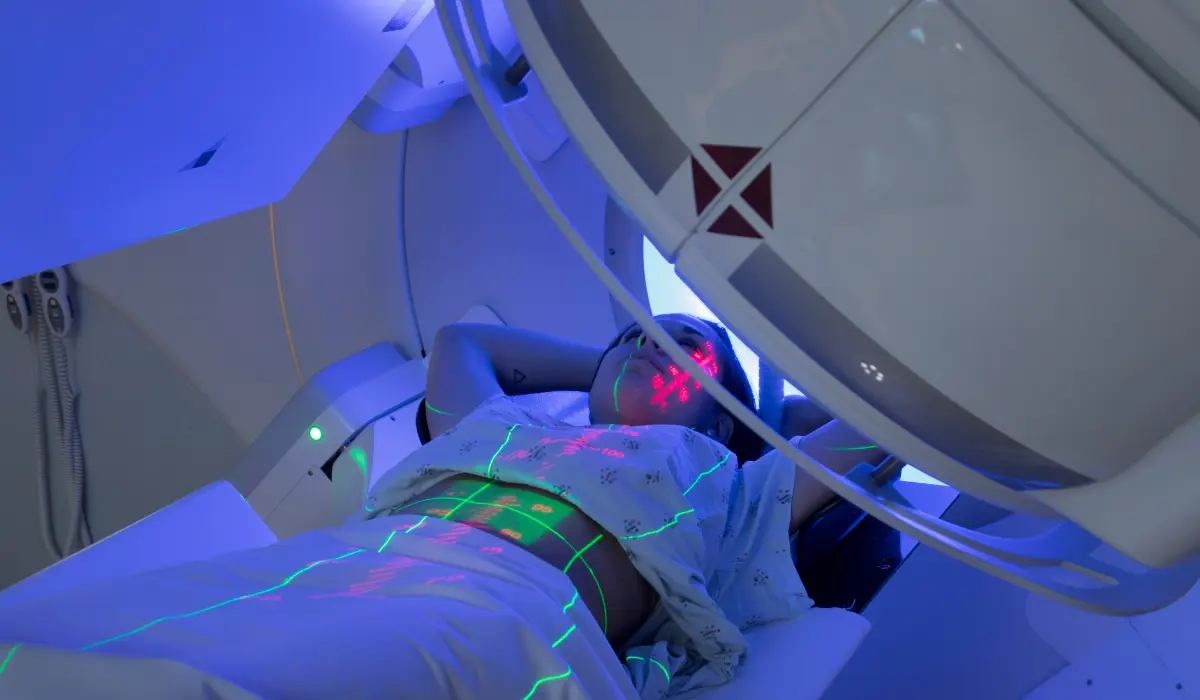The word “Radiation Effects” usually makes us curious and uneasy. It has to do with medicinal procedures, nuclear control, and even natural resources like the sun. Together, we will explore the effects of radiation and gather firsthand accounts of its real effects on human health.
What is Radiation?
Radiation is the release of energy as electromagnetic waves or particles. It is now possible to divide radiation into two main categories: ionizing and non-ionizing. Ionization is the result of ionizing radiation, such as X-rays and gamma beams, having enough energy to break free tightly bound electrons from iotas. Even while they don’t ionize molecules like microwaves and radio waves do, they can nevertheless produce atomic vibrations.
Radiation Sources:
We live with radiation daily, which comes from both natural and man-made sources. Common sources include the sun’s intense radiation, the Earth’s crust’s radon gas, and radioactive materials found in rocks and soil. Medical operations such as X-rays, nuclear power plants, and various mechanical activities are examples of human-made sources.
Radiation Effects
❖ Ionization and Damage to Cells:
The capacity of ionizing radiation to extract electrons from molecules can cause particles inside biological tissues to become ionized. This handle has the power to damage or alter biological elements, including DNA. Elevated levels of ionizing radiation can cause major damage to cells, potentially leading to apoptosis or raising the risk of cancer.
Think of ionization as a little, powerful force that, in contact with living tissues, upsets the delicate balances within our cells. In the uncommon case that this disruption goes untreated, it could set off a chain reaction that damages cells and could lead to health issues.
❖ Effects That Are Stochastic And Deterministic:
There are two types of radiation effects: deterministic and stochastic. Deterministic effects occur at higher radiation levels and have a threshold beyond which they are undetectable. Examples include severe radiation illnesses and burns from radiation. On the other hand, stochastic effects are limitless and include the long-term risks of genetic abnormalities and cancer. With increasing radiation exposure, stochastic consequences become more likely.
Consider deterministic consequences as the immediate effects of high radiation measurements, analogous to the sunburn you receive from spending the same amount of time in the sun. In any event, stochastic effects are similar to the long-term, invisible effects that will gradually become apparent over time.
❖ In medicine, Radiation Therapy:
Radiation exposure in excess can be harmful, but it can also be beneficial when used carefully in medical applications. For some tumors, radiation therapy may be a common treatment. where cancer cells are destroyed or their growth is predicted by using targeted radiation. To reduce damage to healthy tissues, it is important to closely monitor and control the dosage.
Think of radiation therapy as one of the precise tools in the therapeutic toolbox.
Medical professionals use radiation therapy extremely carefully to target and deliver cancer cells while sparing surrounding healthy tissue, much like a surgeon using a surgical instrument. It’s a delicate maneuver that calls for skill and cutting-edge technology.
❖ Radiation in Daily Life:
While we do our regular activities, we endure exposure to elevated radiation levels. These sources, which include using cell phones, microwaves, and airplanes, add to our overall exposure to radiation. Generally speaking, the doses are modest and regarded as safe.
Imagine the radiation from routine exercise as a soft hum in the background. Something we’re constantly surrounded by, yet occasionally pay attention to. This murmur has a subtle undertone that is part of the fabric of our modern life, such as when we use our phones or take advantage of the convenience of microwaves to charge them.
We were exposed to significant levels of radiation when we traveled by air. Because they spend more time at cruise altitudes than the general public, pilots and flight teams may receive greater radiation readings. But the safeguards in place make sure that these dosages don’t exceed reasonable bounds, allowing us to fly safely.
Conclusion:
Investigating the presence of radiation in our lives requires an understanding of what it accomplishes. Radiation can be harmful in excessive doses, but many facets of modern life—such as medical advancements and mechanical innovations—depend on its carefully managed use. A healthy and informed society must find a balance between reaping the benefits of radiation and reducing any potential risks.
As we move forward, innovation and research will improve, which will improve our comprehension of the effects of radiation and advance security standards. In a world where radiation affects our daily lives significantly, we empower ourselves to make informed decisions by staying informed about the sources of radiation, the possible risks, and the protective measures in place.

